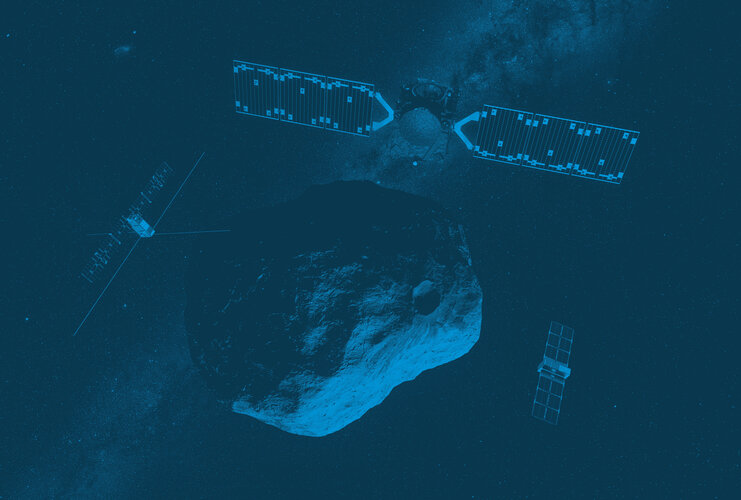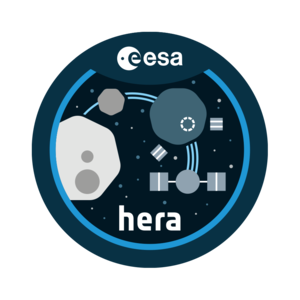Hera launch: how to watch
ESA's Hera asteroid mission is ready for lift-off! Hera is scheduled for launch on a SpaceX Falcon 9 rocket from Cape Canaveral Space Force Station in Florida, USA, today, Monday 7 October, at 16:52 CEST / 15:52 BST.
ESA will livestream the launch on ESA WebTV, ESA YouTube and on ESA’s X, and LinkedIn accounts. Live coverage begins at 16:15 CEST / 15:15 BST. The ESA broadcast programme will feature talks from members of the Hera mission team, planetary defence and asteroid experts, spacecraft operators and more. It will include the SpaceX broadcast of the launch.
Watch live from 16:15 CEST on 7 October
All times in CEST and subject to change at short notice. Times are specific to launch taking place on 7 October and will vary if launch is postponed.
Tune in to follow live: ESA WebTV; ESA on YouTube; ESA on X, ESA on LinkedIn
16:15 – Start of ESA WebTV programme – live from ESA’s European Space Operations Centre in Darmstadt, Germany
16:37 – SpaceX live broadcast begins
16:52 – Hera lift-off
18:08 – Hera separates from Falcon 9 launcher: End of SpaceX live broadcast, ESA WebTV programme continues
18:11 – Earliest possible acquisition on the ground of the first signals from the Hera spacecraft
18:27 – Earliest possible completion of solar array deployment
18:30 – End of ESA WebTV programme
Follow us on social media for updates
Join the conversation with #HeraMission; ask questions via #AskESA.
X: @ESA_Hera, @ESA, @esaoperations
Instagram: Europeanspaceagency
Facebook: EuropeanSpaceAgency
YouTube: ESA
LinkedIn: European Space Agency - ESA, ESA Space Safety, ESA Operations
Pinterest: European Space Agency - ESA
About Hera – ESA’s first asteroid mission
Our planet lives in a busy cosmic neighbourhood. We currently know of more than 35 000 asteroids whose orbits bring them close enough to Earth that we keep a close eye on them. ESA’s Hera mission is part of the international effort to answer the question: could we do anything if we discovered one on a collision course?
In September 2022, NASA’s DART spacecraft impacted the asteroid Dimorphos in the first test of asteroid deflection, shifting its orbit around the larger asteroid Didymos. Now, ESA’s Hera spacecraft is launching on a mission to perform a detailed post-impact survey of Dimorphos.
Using the suite of scientific instruments on the main spacecraft and its two CubeSat passengers, Hera will assess the effectiveness of asteroid deflection and help turn this grand experiment into a well-understood and repeatable planetary defence technique.
Hera will be the first spacecraft to rendezvous with a binary asteroid system and its scientific survey of the target asteroids will greatly improve our understanding of how binary systems form and why they are so common.
The spacecraft will also demonstrate new technologies for autonomous spacecraft navigation and for close proximity operations in low-gravity environments.
Hera is an ESA mission, and the first spacecraft developed under ESA’s Space Safety programme. It features contributions from 18 European ESA Member States and the Japanese space agency JAXA has provided one of the spacecraft’s scientific instruments. The global Hera science community overlaps significantly with that of NASA’s DART mission.
Beyond launch day
Once launched, Hera will begin a two-year cruise phase. An initial deep space manoeuvre in November 2024 will be followed by a Mars flyby that offers a rare and exciting view of Mars’s moon Deimos in March 2025. A second deep space manoeuvre in February 2026 will line Hera up for arrival at the Didymos binary asteroid system. An ‘impulsive rendezvous’ in October 2026 will bring Hera into the vicinity of the asteroid system for orbit insertion.






